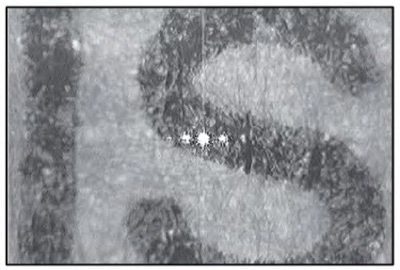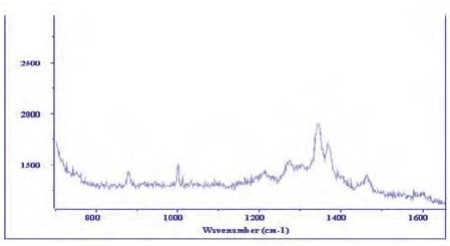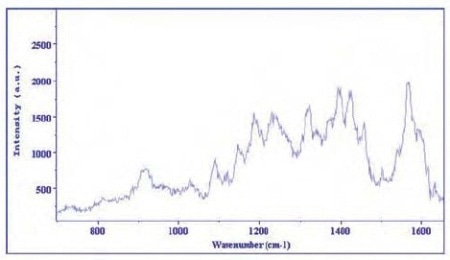Sponsored by HORIBAOct 24 2013
Forensic scientists, historians, and custom officials have a particular interest in the verification and authentication of printed documents just from the inks that have been utilized. However, it is challenging and often impossible to perform an ink in-situ analysis on a paper surface because techniques like HPLC and GC-MS are basically destructive and require complex extraction procedures to separate the ink components prior to the analysis.
In comparison, the Raman Microscopy technique can analyze inks non-destructively, thereby enabling direct identification and characterization of specific inks found on the paper surface. This article discusses the analysis of black inks generally utilized in different desktop printers to identify the source of a specific document.
Instrumentation and Experimental Procedure
The LabRAM analytical Raman microscope from HORIBA Jobin Yvon was used to analyze three reference black ink samples from a photocopier, inkjet printer, and laserjet printer. Equipped with the internal HeNe laser excitation, the LabRAM system is able to analyze samples within 1-2 minutes using very low laser powers, typically below 1mW.
The high degree of confocality of the LabRAM system enables in-situ analysis of the ink on the document of interest. The comparison of the Raman spectral fingerprint of the ink sample with that of the ink references indisputably confirms the origin of the particular document.
Experimental Results

Figure 1. Video image of magnified print of the document (Image size ~700 x 1000mm)
Video image of magnified print of the document is shown in Figure 1. The white spot in the center indicates the laser spot position on the sample. The Raman spectrum of pure ink for the three printers is depicted in Figures 2, 3, and 4. The ink sample from the inkjet printer generates a different and equally characteristic Raman fingerprint, while the ink sample from the photocopier generates a more different Raman fingerprint.

Figure 2. Raman spectrum of pure ink for a laserjet printer

Figure 3. Raman spectrum of pure ink for an inkjet printer

Figure 4. Raman spectrum of pure ink for a photocopier
The Raman spectra of these reference inks are different from each other, with characteristic spectral features and combinations that are exclusive to each ink sample. Hence, the results enable identification of not only the ink but also the type of printer utilized in printing the document of interest. From the results, it is concluded that neither an inkjet printer nor a photocopier was used in the document. Nevertheless, there is a close correlation between the Raman fingerprint of the ink utilized in the document of interest and that of the pure ink reference for the laserjet printer, as shown in Figure 5.

Figure 5. Raman spectrum of pure ink for a laserjet printer (a) and that of the ink from the document print itself (b)
Conclusion
The results conclude that the laserjet printer was used to print the particular document.

This information has been sourced, reviewed and adapted from materials provided by HORIBA.
For more information on this source, please visit HORIBA.